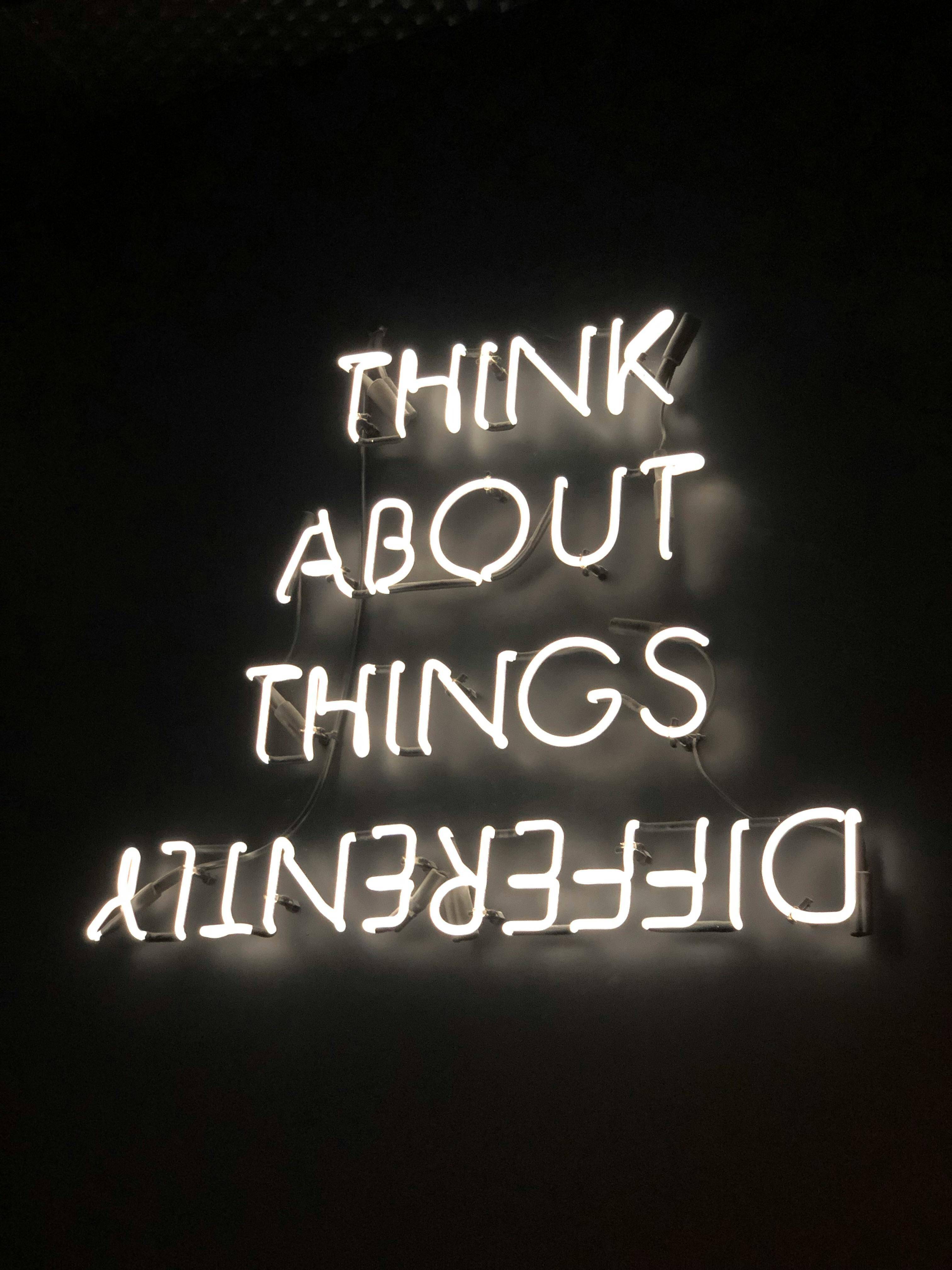Tailoring Assessments to Different Learning Modalities: Enhancing Student Success

In the realm of education, assessments are pivotal for evaluating student understanding and guiding instructional practices. However, traditional testing methods often cater to a narrow range of learning styles, potentially disadvantaging students who do not conform to these preferred modalities. By tailoring assessments to different learning modalities, educators can create more inclusive and effective evaluation strategies that cater to the diverse ways in which students learn best.
Understanding Learning Modalities
Learning modalities refer to the sensory channels through which individuals prefer to receive and process information. The three primary modalities are:
- Visual: Preferring to learn through seeing.
- Auditory: Preferring to learn through listening.
- Kinesthetic: Preferring to learn through doing and physical activity.
Recognizing that students may excel in one or more of these modalities provides a foundation for designing assessments that truly measure their understanding and skills.
The Limitations of Traditional Assessments
Traditional assessments, such as standardized tests, often emphasize verbal and mathematical reasoning, which may align more closely with the visual and auditory modalities. While effective for some, these tests can fail to capture the abilities of kinesthetic learners or those who might excel in non-traditional formats. For example, a kinesthetic learner might struggle with a multiple-choice test but excel in a project-based assessment that allows for hands-on application of knowledge.
Tailoring Assessments for Visual Learners
Visual learners thrive when information is presented through images, diagrams, and spatial arrangements. To cater to these learners, assessments can include:
- Diagrams and Charts: Instead of relying solely on text-based questions, incorporate diagrams that require students to label parts, explain processes, or analyze visual data.
- Concept Mapping: Allow students to create mind maps or flowcharts to demonstrate their understanding of a topic.
- Visual Essays: Encourage the use of infographics or visual presentations as an alternative to traditional essays.
Studies have shown that assessments which integrate visual elements can significantly enhance the performance of visual learners. For instance, a study by Pashler et al. (2009) suggests that incorporating visual aids in assessments can improve recall and comprehension for students who prefer visual learning styles.
Tailoring Assessments for Auditory Learners
Auditory learners benefit from assessments that involve listening and verbal expression. To accommodate these learners, consider the following strategies:
- Oral Examinations: Instead of written tests, provide opportunities for students to explain concepts verbally. This can be particularly effective in assessing language proficiency or understanding of complex ideas.
- Recorded Responses: Allow students to submit audio recordings of their responses to questions, enabling them to articulate their thoughts more naturally.
- Group Discussions: Assess students through participation in group discussions or debates, where they can demonstrate their understanding through verbal interaction.
Research supports the effectiveness of auditory-based assessments. According to Fadel and Lemke (2008), students who engage in auditory-rich environments, such as discussions or oral presentations, often show higher levels of engagement and retention, particularly when the assessment aligns with their learning preferences.
Tailoring Assessments for Kinesthetic Learners
Kinesthetic learners excel in environments where they can engage physically with the material. Assessments that tap into this modality might include:
- Practical Demonstrations: Allow students to demonstrate their knowledge through hands-on activities, such as experiments, models, or performances.
- Simulations and Role-Playing: Incorporate simulations or role-playing exercises where students can apply concepts in a dynamic, real-world context.
- Portfolio Assessments: Encourage students to compile a portfolio of their work, showcasing projects, experiments, or other hands-on activities that demonstrate their learning journey.
Kinesthetic assessments have been shown to be particularly effective in fields like science and vocational education. A study by Shams and Seitz (2008) highlights the positive impact of multisensory learning environments, where kinesthetic activities reinforce theoretical knowledge, leading to deeper understanding and skill acquisition.
Implementing Multimodal Assessments
Many students are multimodal learners, meaning they benefit from a combination of visual, auditory, and kinesthetic approaches. Multimodal assessments can include elements from all three modalities, providing a more holistic evaluation of student understanding. For example:
- Projects and Presentations: These can include a written report (visual), an oral presentation (auditory), and a hands-on demonstration or experiment (kinesthetic).
- Blended Testing Formats: Combine traditional written questions with audio prompts, diagrams, and interactive components.
By integrating multiple modalities, educators can create assessments that are not only more inclusive but also more representative of the diverse ways in which students learn and apply knowledge.
Conclusion
Tailoring assessments to different learning modalities is a crucial step toward creating a more equitable and effective educational environment. By recognizing and accommodating the varied ways in which students learn, educators can design assessments that truly measure student understanding and foster deeper engagement. As research continues to support the benefits of multimodal assessments, it is clear that a one-size-fits-all approach is no longer sufficient in today’s diverse classrooms.
References
Fadel, C., & Lemke, C. (2008). Multimodal learning through media: What the research says. Cisco Systems, Inc.
Pashler, H., McDaniel, M., Rohrer, D., & Bjork, R. (2009). Learning styles: Concepts and evidence. Psychological Science in the Public Interest, 9(3), 105-119.
Shams, L., & Seitz, A. R. (2008). Benefits of multisensory learning. Trends in Cognitive Sciences, 12(11), 411-417.